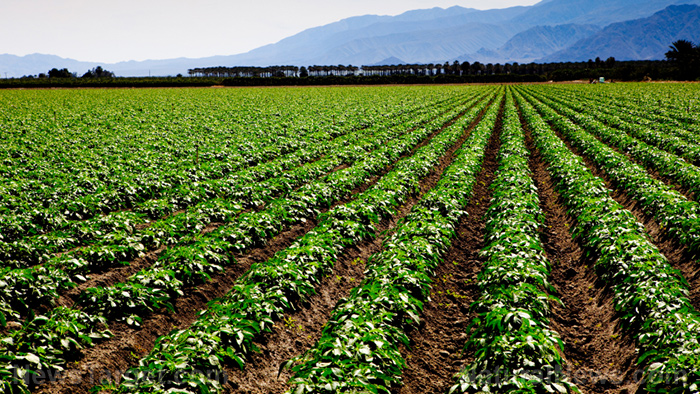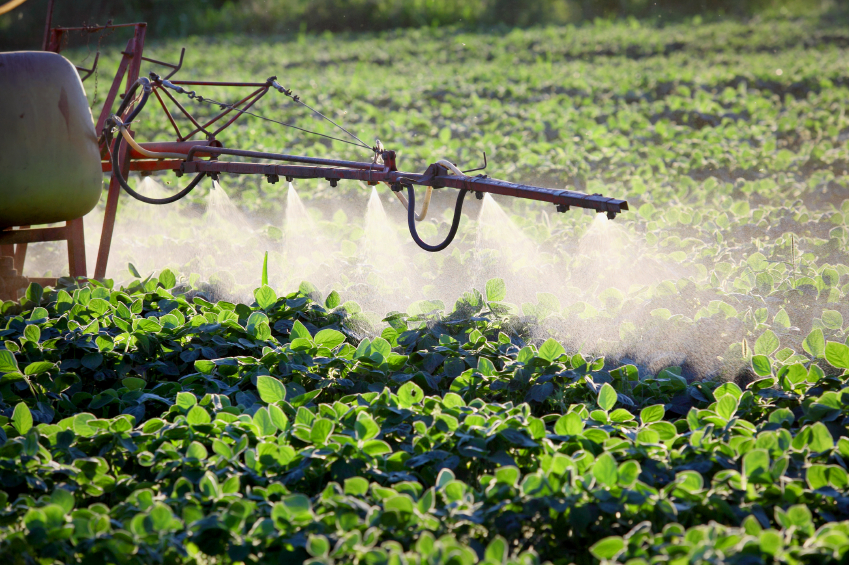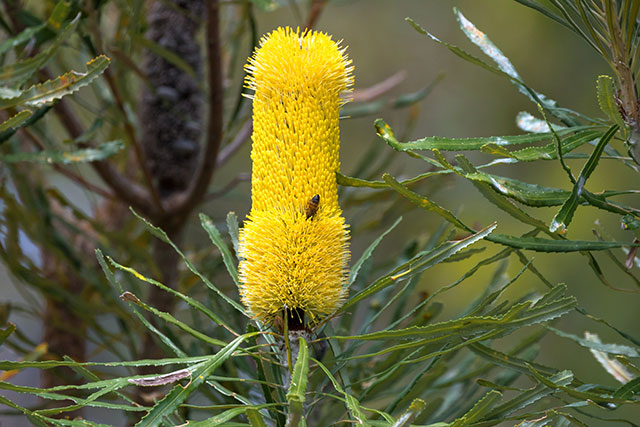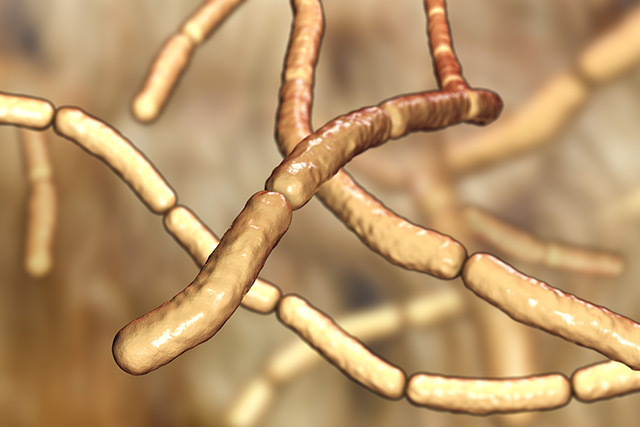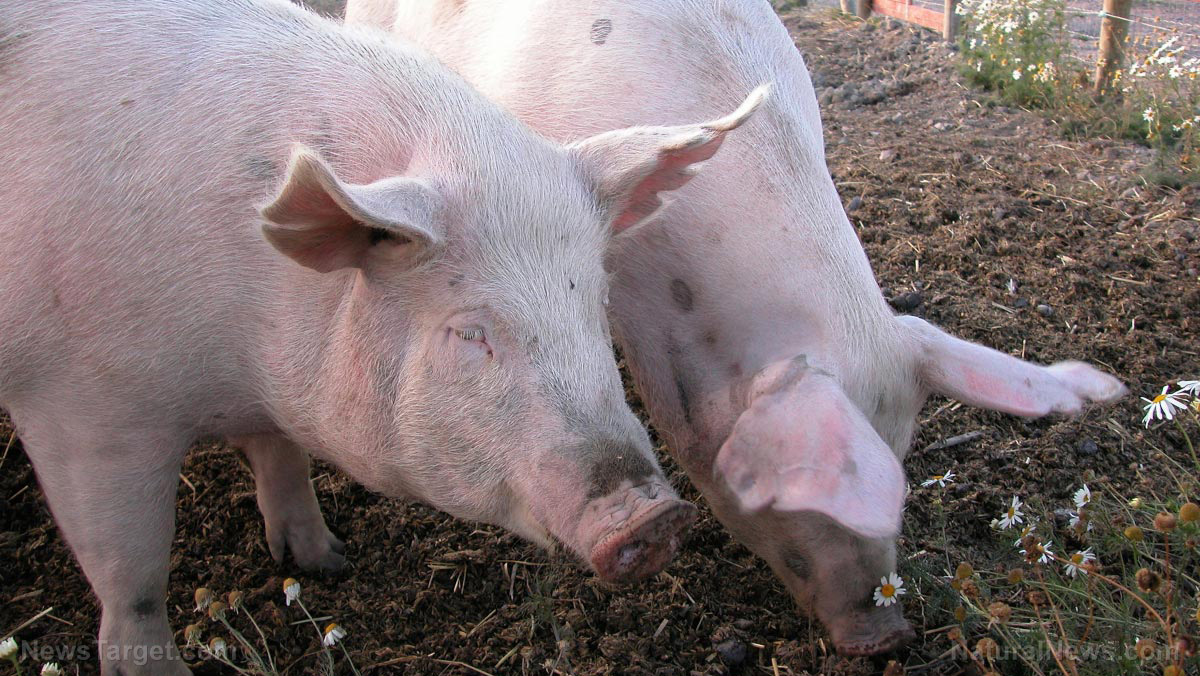Lasiurus scindicus can be used to improve nutrient quality in soil contaminated with lead
09/27/2018 / By Ralph Flores

Researchers have found a process that restores soil that has been polluted with lead. The findings of the study, which was conducted by researchers from JECRC University in India, were published in the American Journal of Environmental Sciences.
- To date, heavy metal pollution in soil and water is still an unresolved global issue.
- One of the ideas considered is the use of phytoremediation, a process that uses plants to clean lightly contaminated soil and water.
- Researchers have selected Lasiurus scindicus in this study, which looked at degrading lead contamination from soil and water. For this study, the team grew the plant in contaminated soil and water over a 105-day pot trial period.
- The team regularly sampled the soil and water to evaluate the amount of heavy metal was present in the soil.
- Based on the findings, researchers found increased concentrations of lead in L. scindicus roots after the 45th and 65th days.
The findings presented by the study suggest that L. scindicus can potentially be used to restore lead-polluted soil.
Find the full text of the study at this link.
Journal Reference:
Sharma P, Pandey S. PHYTOMANAGEMENT OF HEAVY METAL LEAD BY FODDER GRASS LASIURUS SCINDICUS IN POLLUTED SOIL AND WATER OF DRAVYAWATI RIVER. American Journal of Environmental Sciences. 2017;13(2):167–171. DOI: 10.3844/ajessp.2017.167.171
Tagged Under: detoxification, Lasiurus scindicus, Lead, phytoremediation, science, soil contamination, soil nutrient quality, toxic elements



